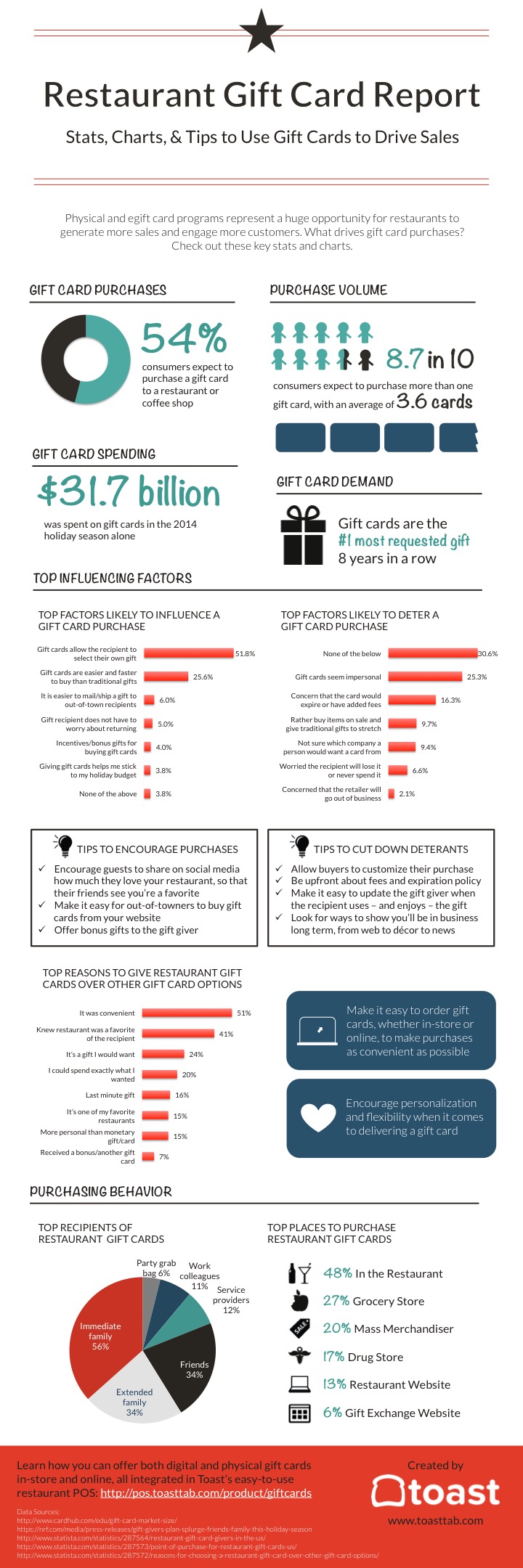Laser inscribing on glass can add vibrant, individualized designs to a range of items. This versatility is one of the primary benefits of laser innovation over other inscribing methods.
Before you engrave your glass products with the laser, understand a few usual issues that can emerge. These suggestions will certainly assist you attain the very best outcomes possible.
Just How Laser Engraving Works
Laser inscription is a prominent approach for etching and personalizing things. It is a process that can be done on a wide variety of products, consisting of glass, timber and steel. Laser etching equipments can produce extremely detailed styles, with great lines and precise cuts. Utilizing this strategy, you can create custom awards and other products that are sure to impress.
To achieve the desired results, first, you will need to conceptualize the design. This will certainly aid you to determine what sort of photo or message you intend to inscribe externally. After that, you will certainly require to transform your idea into a digital graphic. This can be finished with graphic design software, such as Adobe Illustrator or Inkscape, and then conserved right into a file format that is compatible with your laser engraver.
Once the engraving files are prepared, it is time to begin preparing the product for laser noting. This can be done by using a black mask that is developed specifically for laser usage. The dark shade of the mask shows laser light, and assists to minimize any warmth that would certainly or else harm the surface.
Limiting Chipping
When the laser beam strikes the surface area of glass it promptly heats up the material up. The sudden home heating creates tiny fractures to the surface. The splits and cracks produce the appearance of inscription, etching or frozen glass.
The varying compositions of various sorts of glass can impact exactly how the material responds to the laser. It is very important to very carefully evaluate your laser settings on an example piece of glass before beginning a work. Accurate emphasis is also critical for clean, regular results.
To enhance the top quality of your engravings try making use of a dark paper to protect the glass from the laser. The specialized dark paper has a finishing that soaks up the laser energy and enables the inscribing to happen. The dark paper can be removed when the inscription is complete. It is also advised to make use of a reduced resolution and lower the amount of black in the graphics as this will help in reducing micro-fracturing. A Jarvis dithering pattern can additionally be applied to the graphic in the laser motorist setups to randomize and divide the dots of the design and further minimize the quantity of micro-fracturing.
Preparing the Surface area
Laser marking on glass and plastic provides a vast array of useful uses, from product traceability (like date codes or great deal numbers) to 3D marking within the product itself. It's additionally used for design and layout in industries like the automotive, food, and telecommunication sectors.
Obtaining excellent arise from laser inscription on glass depends partially on the preparation of the surface. Maintaining the product tidy of dust and grease helps the laser pass through much deeper and far better. Concealing the surface with a paper towel or newspaper a little larger than the engraving location can likewise decrease the effects of heat on huge locations, assisting to reduce cracking and best-selling engraved glass gifts improve total inscribing high quality.
Style and laser control software can additionally influence just how well the procedure functions. Programs like Adobe Illustrator or Corel Draw assist you develop and customize your layouts while programs like LightBurn or LaserGRBL control the laser's settings.
Beginning
Laser engraving on glass is quick and reliable, creating a premium appearance that improves products and reinforces brand identity. While some might watch out for dealing with this delicate product, a little time and persistence will aid make sure gorgeous results.
Making use of an industrial laser, you can include ornamental patterns, messages, or customized designs to products like glass, bottles, carafes, and more. The process is non-contact, reducing the risk of damage even on bent or delicate surfaces.
To make best use of laser effectiveness, you'll want to invest some time trying out the setups for your certain device and glass kind. Refining these settings will decrease power use, improve total etching high quality, and reduce the probability of mistakes or damage. As an example, you can raise the resolution and reduce the black level of your graphics to make use of much less laser power. Similarly, making use of a Jarvis dithering pattern will certainly separate and randomize the dots in your graphics to further minimize laser warm usage.
